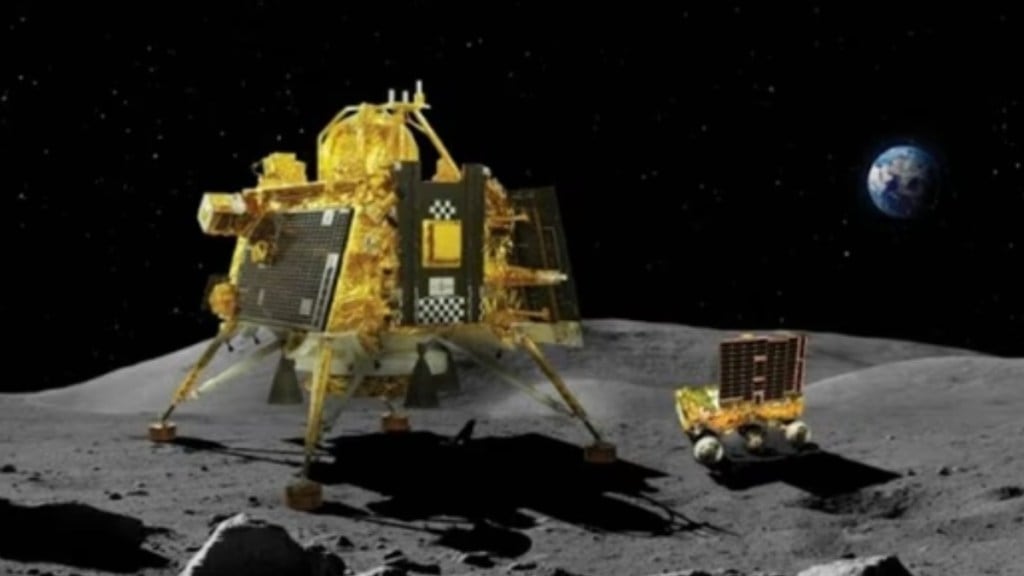India’s lunar mission, Chandrayaan-3, has potentially landed in one of the Moon’s oldest craters. Scientists from the Physical Research Laboratory and the Indian Space Research Organisation (ISRO) analysed images from the mission and satellites, revealing that the crater dates back to the Nectarian period, approximately 3.85 billion years ago—one of the earliest periods in the Moon’s geological history.
S. Vijayan, an associate professor in the Planetary Sciences Division at the Physical Research Laboratory, stated, “The Chandrayaan-3 landing site is a unique geological setting where no other missions have gone.” The images captured by the mission’s Pragyan rover are the first to provide on-site views of the Moon at this latitude, offering insights into its evolutionary history.
A crater is created when an asteroid collides with a larger celestial body, displacing material known as ‘ejecta.’ The researchers noted that one half of the crater was buried under ejecta from the South Pole-Aitken basin, the largest known impact basin on the Moon. This illustrates how the Moon has evolved over time.
Ejecta and Impact Basins
Vijayan explained the process of ejecta formation: “It’s similar to throwing a ball on sand, where some material gets displaced.” He highlighted that when an impact basin is formed, surface materials are ejected, and larger impact basins excavate materials from greater depths. In this case, Chandrayaan-3 landed in a crater measuring about 160 km in diameter, characterized by a nearly semi-circular structure.
Discoveries at the landing site
The researchers observed that the landing site included ejecta from a distant impact crater. The Pragyan rover’s images revealed similar material at the landing site, indicating a complex geological history. “Together, the images from the mission and satellites showed that the Chandrayaan-3 landing site consists of material deposited from different regions of the Moon,” Vijayan added.
Mission overview and significance
Chandrayaan-3, launched by ISRO from Bengaluru, achieved a soft landing near the Moon’s south pole on August 23, 2023, with the landing site later named Shiv Shakti Point on August 26, 2023. To validate their findings, the researchers also examined other craters formed during the Nectarian period, discovering that most were significantly degraded and modified. This further substantiates the discovery of a buried crater and highlights the weathering effects from exposure to space, known as ‘space weathering.’

